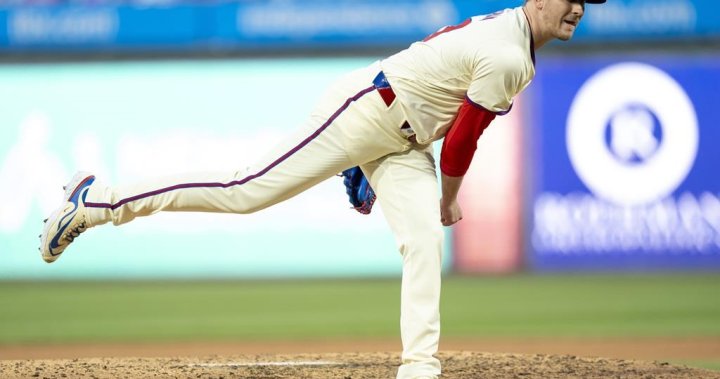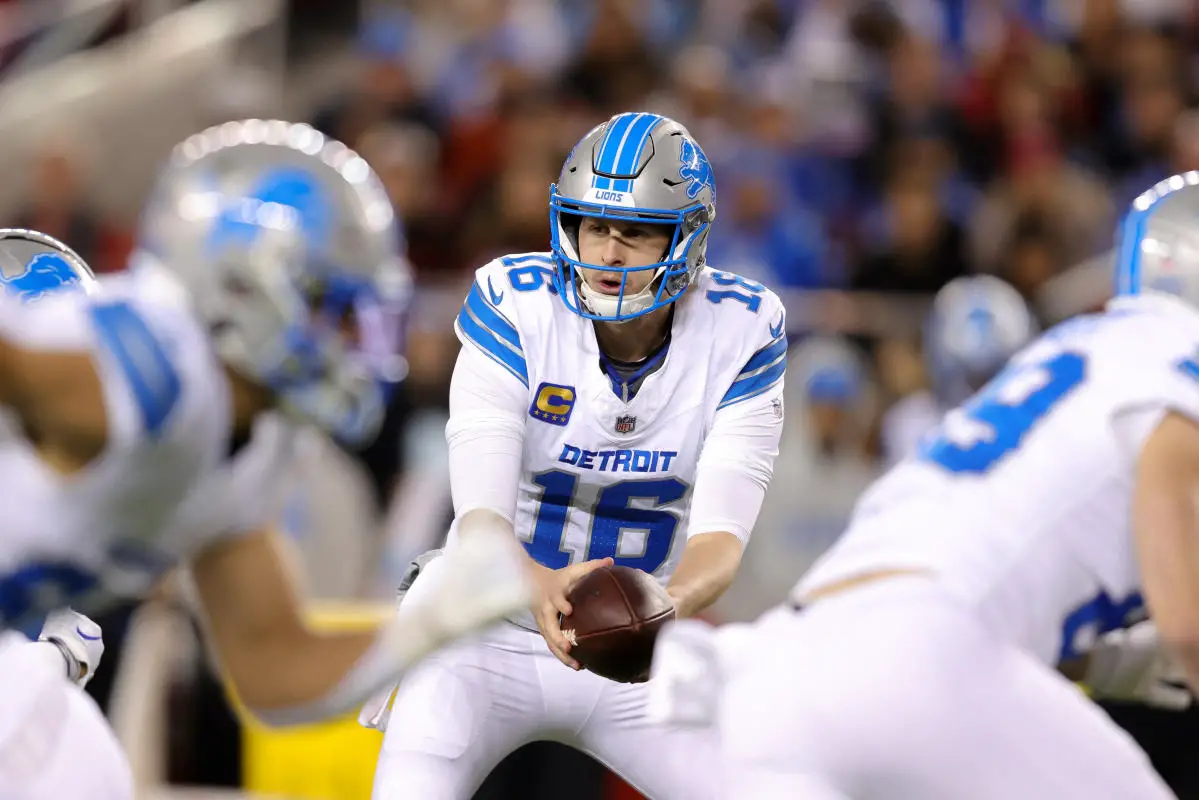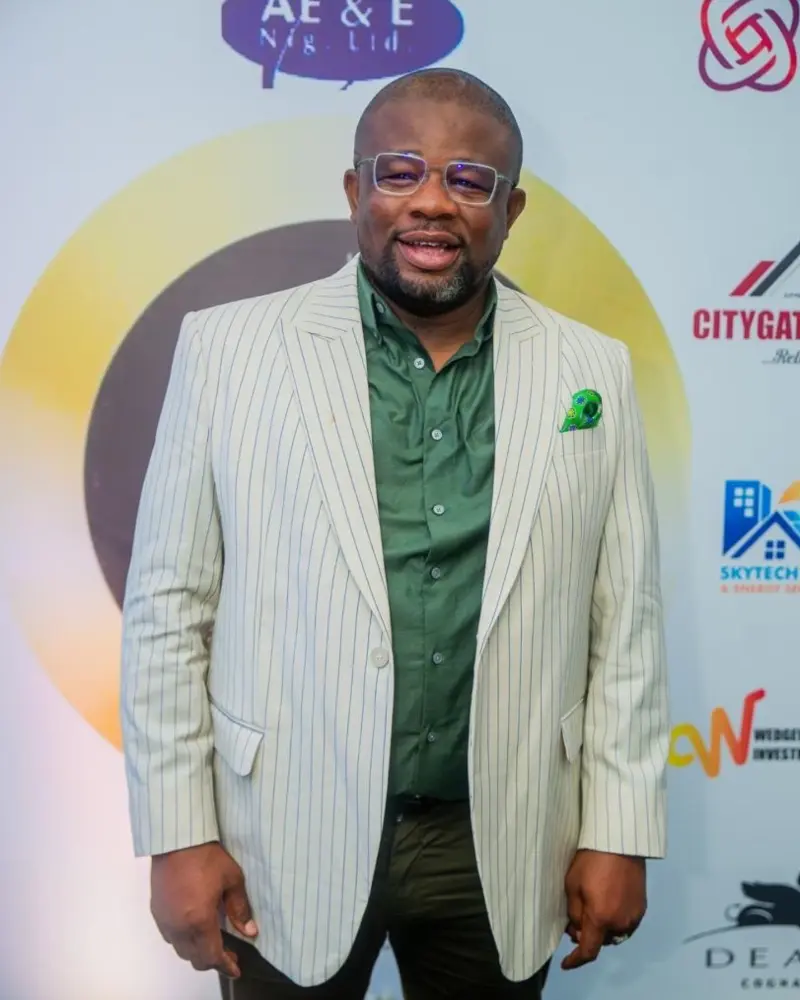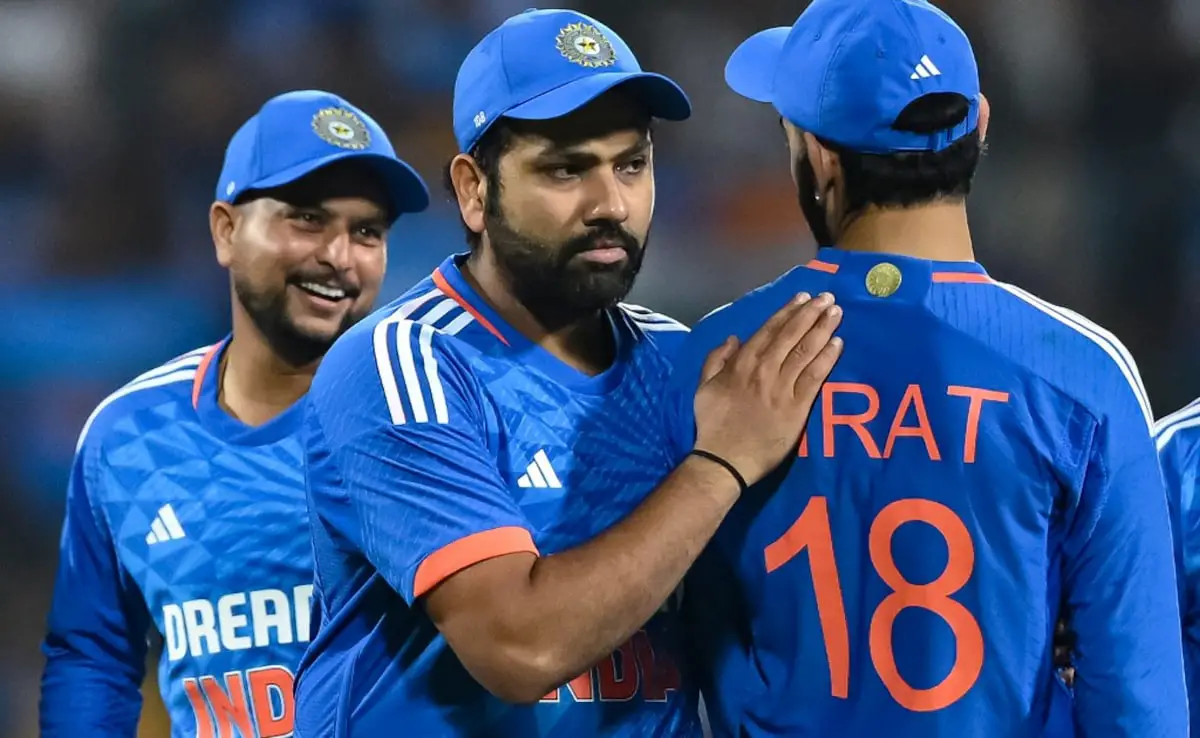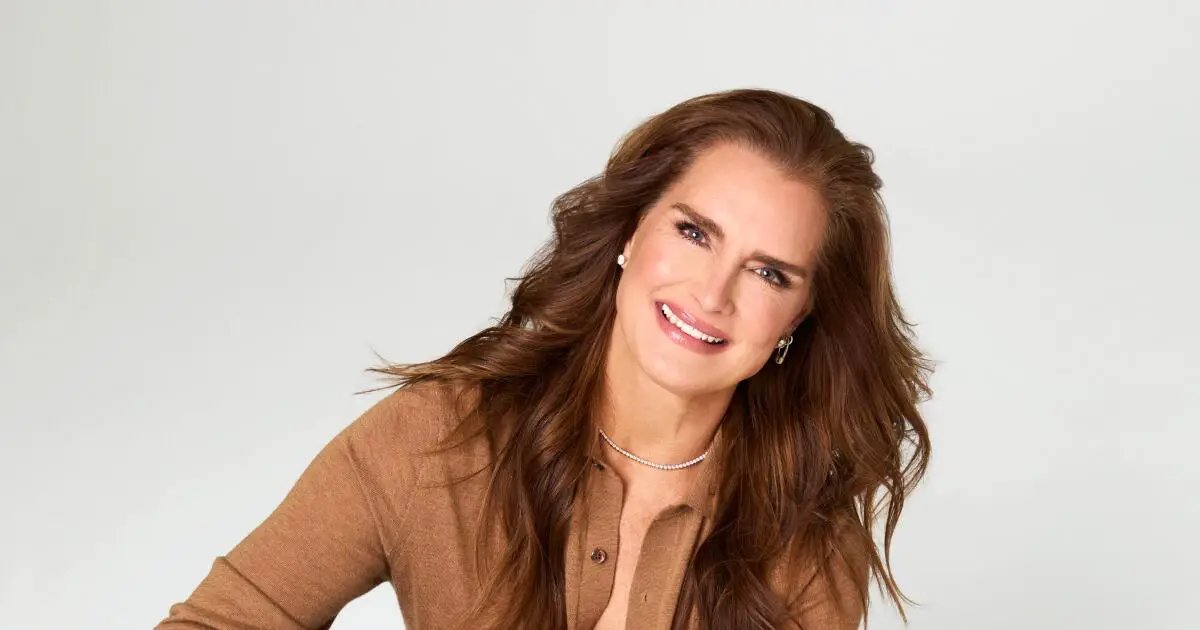Like everyone else in Paris right now, the Dior designer Maria Grazia Chiuri is thinking about the Olympics. Her latest Dior haute couture show was staged in the garden of the Musée Rodin, a stone’s throw from the grand open space of Esplanade des Invalides, where banks of seating are already being erected in preparation for the archery competitions of the Olympic and Paralympic Games.
But in haute couture, where no price tag is fewer than five figures, athleisure does not make the cut. So this season’s Dior was Olympian in the grandest sense: classically draped goddess gowns, with asymmetric necklines cut to expose a shoulder and skirts cascading in silken layers.
This was evening wear, not exercise wear – a sports bra would never work under these strapless dresses – but it was cut, crucially, for comfort. “I am obsessed with comfort,” said Chiuri before the show. “I never want to construct a body with clothes; I only want to deconstruct the clothes on your body. Christian Dior built the shape of a woman with clothes, but my approach is completely different. I want to make a dress that makes your body feel good, not one that changes the shape of your body. I hate anything with boning and I like clothes that are light and that you can get in and out of easily.”
Just as fashion is about culture alongside clothes, sport is about attitude and values as well as about athleticism. On Chiuri’s moodboard this season was a black and white photograph of the athlete Alice Milliat wearing the cumbersome sports kit of the early 20th century. Milliat was a runner, rower and swimmer, but she is remembered less for her personal sporting prowess than for her battle to allow women to be included in competitive sport. Milliat, who fought to establish the first Women’s Olympic Games in 1922, is belatedly being recognised in France, where a hall at a new sports arena at Porte de la Chapelle is being named after her.
Chiuri’s first Dior collection, in 2016, had a fencing theme. “Sport is always an influence for me, because in sport clothes exist to help you to perform. And those kinds of clothes – clothes that help you, clothes that make you feel good – are the kind of clothes I am interested in,” the designer said. “Clothes are always in dialogue with the body, and in sport you read this dialogue very clearly.”
after newsletter promotion
The first two models wore elegant evening gowns on which drapery was swagged across a fine racer-back tank top base layer. Their wrists were heavy with gold bangles, their calves crisscrossed with lace-up gladiator sandals. Classical touches were interwoven through the show, with nods to the 1920s in the slink of jersey, the dancefloor swish of silk fringing and twinkling bugle beads. This was Olympian elegance as a classical ideal, and sportswear as a Trojan horse for women’s freedom. “When they invented the bicycle, women stopped wearing corsets,” Chiuri noted. A medal colour-palette of gold, silver and bronze aimed for glory.

